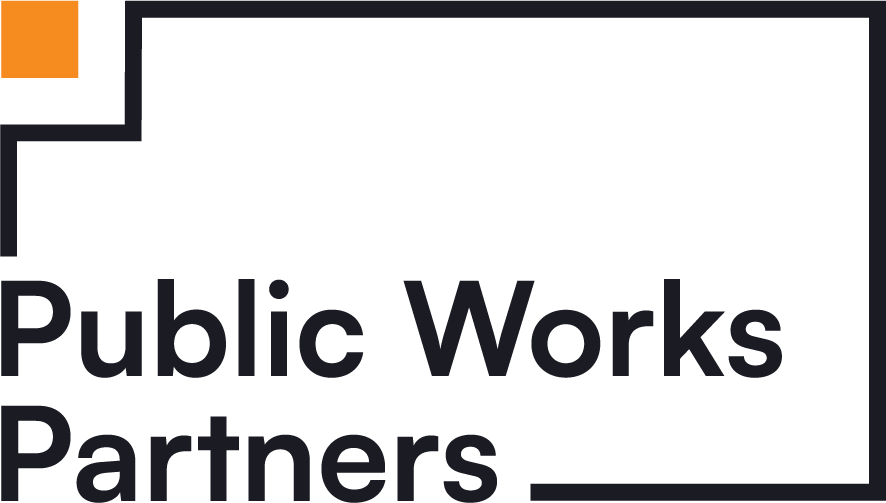In August 2021, New York City joined the scooter revolution via a pilot program in the East Bronx spanning from the neighborhood of East Chester to Van Nest. This e-scooter pilot program, in partnership with Lime, Bird, and Veo, was implemented here to reach transit deserts that are not served by existing bike-share programs, providing the first public micromobility option in the community.
Micromobility, or transit systems based on smaller, more mobile forms of transit such as e-scooters and bikes, provides residents the flexibility to travel between transit system stops such as the subway or bus, and offers more flexibility in timing as well. These options are critical to maximizing the efficiency of travel in a community like New York City.

While most public transit in New York City is publicly owned and operated, the scooter pilot is a partner program with private companies. Public-private partnerships (PPPs) are relatively infrequent in New York City’s history but are becoming increasingly common. The MTA announced its first PPP as part of its Rapid Station Accessibility Upgrade Program to make 13 stations more accessible to people with disabilities. Another well-known PPP is the NYC Ferry. Since its launch in 2017, the NYC Ferry has served 22 million riders at a cost of nearly $60 million per year. The City estimated that the cost-per-ride to taxpayers was $12.88 per ride in 2021, an operating subsidy nearly 10x higher than the NYC Transit system. While the NYC Ferry has linked critical areas in New York City, many have questioned the taxpayer cost, in particular because of the city’s choice to contract with a private company for the services.
Public-private partnerships can help improve efficiency and ensure smooth operation of transit systems without the city needing to develop an entirely new infrastructure for the services. This appears to be taking place with the micromobility partnerships in the Bronx. The City has made a commitment to ensure most rides are under $5, and subsidies for the services will be minimal. New Yorkers who qualify for a local, state, or federal assistance program are eligible for discounted rides that include $5/month unlimited rides on Bird and Veo, with Lime providing free unlimited 30-minute rides to these customers.
As a whole, the implementation of the scooter pilot was popular with many Bronxites as the first phase of the rollout saw over 480,000 rides without any deaths or serious injuries. The NYC Department of Transportation (NYCDOT) has announced it will expand the program to 6,000 scooters (from 3,000) and provide neighborhoods in the West Bronx with access to these scooters for the first time. The pilot program was notable for its inclusive options for people with disabilities, with Lime and other companies testing first-of-their-kind wheelchair attachments to e-scooters.
The program has also been marketed as a sustainable transit solution for New Yorkers. DOT Commissioner Ydanis Rodriguez invoked the sustainability impact of these scooters, saying, “We must continue pushing New York City into a greener and more environmentally friendly direction by increasing accessibility to alternative modes of transportation.” Lime also touts its scooters as “carbon-free transportation.”
However, e-scooter implementation hasn’t always been popular with Bronx residents. A key concern is the reckless driving and parking of scooters. According to City Limits, 27% of riders did not park their scooters in the designated areas during a pilot in Portland, OR. While New York City’s pilot doesn’t have public data on this question, NYCDOT engaged community stakeholders to place 90 e-scooter parking corrals at key intersections throughout the Bronx to help alleviate haphazard parking. Street safety is also a concern with these vehicles. Scooter-related accidents are up 16% this year compared to last year. These accidents are particularly dangerous because many riders are not wearing helmets when they ride these scooters.
It’s not just rider safety that people are concerned about. Just last week, two people were killed in a fire in Harlem caused by an electric scooter battery. While this scooter was not a public option as part of the city pilot program, the volatility of the lithium-ion batteries has drawn questions about the safety of using battery-powered scooters as public transit. According to The City, there have been 121 investigations of lithium battery fires. While these shared scooters aren’t meant to be taken inside, the risks are real and should be considered when evaluating these partnerships.
As New York City moves into a new era of transit, it’s important to recognize the opportunities presented by Public-Private Partnerships. As seen with these scooters, carefully executed PPPs can provide affordable, accessible transit options for New Yorkers and improve the quality of life around the city. While safety measures must remain carefully regulated, and awareness of subsidies and optics is key to ensuring the success of a partnership, PPPs are likely to feature heavily in future innovations in New York City. Other key fields where these partnerships may play a role include PlugNYC, a network of publicly accessible EV stations built in partnership with NYC DOT and Con Edison, and the $2.8 billion Midway Crossing transit hub project in Islip, NY, built in partnership with JLL, the Town of Islip, and Suffolk County. These partnerships have set New York on a track for sustainable and transformative transit initiatives in the decades to come.





